1.
Introduction
As usual, let D be the unit disk in the complex plane C, ∂D be the boundary of D, H(D) be the class of functions analytic in D and H∞ be the set of bounded analytic functions in D. Let 0<p<∞. The Hardy space Hp (see [5]) is the sets of f∈H(D) with
Suppose that K:[0,∞)→[0,∞) is a right-continuous and nondecreasing function with K(0)=0. The Dirichlet Type spaces DK, consists of those functions f∈H(D), such that
The space DK has been extensively studied. Note that K(t)=t, it is Hardy spaces H2. When K(t)=tα, 0≤α<1, it give the classical weighted Dirichlet spaces Dα. For more information on DK, we refer to [3,7,8,9,10,14,15,16,19,23].
Let ϕ be a holomorphic self-map of D. The composition operator Cϕ on H(D) is defined by
It is an interesting problem to studying the properties related to composition operator acting on analytic function spaces. For example: Shapiro [17] introduced Nevanlinna counting functions studied the compactness of composition operator acting on Hardy spaces. Zorboska [23] studied the boundedness and compactness of composition operator on weighted Dirichlet spaces Dα. El-Fallah, Kellay, Shabankhah and Youssfi [7] studied composition operator acting on Dirichlet type spaces Dpα by level set and capacity. For general weighted function ω, Kellay and Lefèvre [9] using Nevanlinna type counting functions studied the boundedness and compactness of composition spaces on weighted Hilbert spaces Hω. After Kellay and Lefèvre's work, Pau and Pérez investigate more properties of composition operators on weighted Dirichlet spaces Dα in [14]. For more information on composition operator, we refer to [4,18].
We assume that H is a separable Hilbert space of analytic functions in the unit disc. Composition operator Cϕ is called power bounded on H if Cϕn is bounded on H for all n∈N.
Since power bounded composition operators is closely related to mean ergodic and some special properties (such as: stable orbits) of ϕ, it has attracted the attention of many scholars. Wolf [20,21] studied power bounded composition operators acting on weighted type spaces H∞υ. Bonet and Domański [1,2] proved that Cϕ is power bounded if and only if Cϕ is (uniformly) mean ergodic in real analytic manifold (or a connected domain of holomorphy in Cd). Keshavarzi and Khani-Robati [11] studied power bounded of composition operator acting on weighted Dirichlet spaces Dα. Keshavarzi [12] investigated the power bounded below of composition operator acting on weighted Dirichlet spaces Dα later. For more results related to power bounded composition operators acting on other function spaces, we refer to the paper cited and referin [1,2,11,12,20,21].
We always assume that K(0)=0, otherwise, DK is the Dirichlet space D. The following conditions play a crucial role in the study of weighted function K during the last few years (see [22]):
and
where
Note that the weighted function K satisfies (1.1) and (1.2), it included many special case, such as K(t)=tp, 0<p<1, K(t)=loget and so on. Some special skills are needed in dealing with certain problems. Motivated by [11,12], using several estimates on the weight function K, we studying power bounded composition operators acting on DK. In this paper, the symbol a≈b means that a≲b≲a. We say that a≲b if there exists a constant C such that a≤Cb, where a,b>0.
2.
Power bounded of Cϕ
We assume that H is a separable Hilbert space of analytic functions in the unit disc. Let R∈H(D) and {Rζ:ζ∈D} be an independent collection of reproducing kernels for H. Here Rζ(z)=R(ˉζz). The reproducing kernels mean that f(ζ)=⟨f,Rζ⟩ for any f∈H. Let RK,z be the reproducing kernels for DK. By [3], we see that if K satisfy (1.1) and (1.2), we have ‖RK,z‖DK≈1√K(1−|z|2). Before we go into further, we need the following lemma.
Lemma 1. Let K satisfies (1.1) and (1.2). Then
for all 0≤t<1.
Proof. Without loss of generality, we can assume 4/5<t<1. Since K is nondecreasing, we have
Conversely, make change of variables y=1x, an easy computation gives
Let y=γ−lnt. We can deduce that
By [6], under conditions (1.1) and (1.2), there exists an enough small c>0 only depending on K such that
and
Therefore,
where Γ(.) is the Gamma function. It follows that
The proof is completed.
Theorem 1. Let K satisfy (1.1) and (1.2). Suppose that ϕ is an analytic selt-map of unit disk which is not the identity or an elliptic automorphism. Then Cϕ is power bounded on DK if and only if ϕ has its Denjoy-Wolff point in D and for every 0<r<1, we have
where
and
Proof. Suppose that w∈D is the Denjoy-Wolff point of ϕ and (A) holds. Then limn→∞ϕn(0)=w. Hence, there is some 0<r<1 such that {ϕn(0)}n∈N⊆rD. Thus,
From [24], we see that
Let {ai} be a r-lattice. By sub-mean properties of |f′|, combine with (B), we deduce
Thus,
On the other hand. Suppose that Cϕ is power bounded on DK. Hence, for any f∈DK and any n∈N, we have |f(ϕn(0))|≲1. Hence, by [3], it is easily to see that ‖RK,ϕn(0)‖DK≈1√K(1−|ϕn(0)|2)≲1. Note that
Therefore, we deduce that ϕn(0)∈rD, where 0<r<1 and n∈N. Also note that if w∈¯D is the Denjoy-Wolff point of ϕ, we have limn→∞ϕn(0)=w. Thus, w∈D. Let
It is easily to verify that fa∈DK and f′a(z)=1−|a|2√K(1−|a|2)(1−¯az)2. Thus, combine with (B), we have
Thus, (A) hold. The proof is completed.
Theorem 2. Let K satisfy (1.1) and (1.2). Suppose that ϕ is an analytic selt-map of unit disk which is not the identity or an elliptic automorphism with w as its Denjoy-wolff point. Then Cϕ is power bounded on DK if and only if
(1). w∈D.
(2). {ϕn} is a bounded sequence in DK.
(3). If n∈N and |a|≥1+|ϕn(0)|2, then Nϕn,K(a)K(1−|a|2)≲1.
Proof. Suppose that Cϕ is power bounded on DK. By Theorem 1, we see that w∈D. Note that z∈DK and ϕn=Cϕnz, we have (2) hold. Now, we are going to show (3) hold. Let |a|≥1+|ϕn(0)|2 and Δ(a)={z:|z−a|<12(1−|a|)}. Thus,
If K satisfy (1.1) and (1.2). By [9], Nϕn,K has sub-mean properties. Thus,
Conversely. Suppose that (1)–(3) holds. Let f∈DK. Note that z∈DK, z′=1 and 1+|ϕn(0)|2<1. By Lemma 1, we see that
Thus,
The proof is completed.
Theorem 3. Let K satisfy (1.1) and (1.2). Suppose that ϕ is an analytic selt-map of D with Denjoy-Wolff point w and Cϕ is power bounded on DK. Then f∈Γc,K(ϕ) if and only if for any ϵ>0,
where Γc,K(ϕ)={f∈DK: Cϕnf is convergent} and Ωϵ(f)={z:(1−|z|2)2K(1−|z|2)|f′(z)|2≥ϵ}.
Proof. Let f∈DK and (C) hold. For any δ>0, we choose 0<ϵ<δ and ϵ is small enough such that
By our assumption, we also know that for this ϵ, there is some N∈N such that for each n≥N, we have
Since
We obtain
and
Thus,
Conversely. Suppose that f∈DK and w is the Denjoy-Wolff point of ϕ. Thus, f∘ϕn→f(w) uniform convergent and f∈Γc,K(ϕ) if and only if
Suppose there exist ϵ>0 such that (C) dose not hold. There is a sequence {nk}⊆N and some η>0 such that for any k∈N, we have
Hence,
That is a contradiction. The proof is completed.
3.
Power bounded below of Cϕ
The composition operator Cϕ is called power bounded below if there exists some C>0 such that ‖Cϕnf‖H≥C‖f‖H, for all f∈H and n∈N.
In this section, we are going to show the equivalent characterizations of composition operator Cϕ power bounded below on DK. Before we get into prove, let us recall some notions.
(1) We say that {Gn}, a sequence of Borel subsets of D satisfies the reverse Carleson condition on DK if there exists some positive constant δ such that for each f∈DK,
(2) We say that {μn}, a sequence of Carleson measure on D satisfies the reverse Carleson condition, if there exists some positive constant δ and 0<r<1 such that
for each a∈D and n∈N.
Theorem 4. Let K satisfy (1.1) and (1.2). Suppose that ϕ is an analytic selt-map of D and Cϕ is power bounded on DK. Then the following are equivalent.
(1). Cϕ is power bounded below.
(2). There exists some δ>0 such that ‖Cϕnfa‖≥δ for all a∈D and n∈N.
(3). There exists some δ>0 and ϵ>0 such that for all a∈D and n∈N,
where Gϵ(n)={z∈D:Nϕn,K(z)K(1−|z|2)≥ϵ}.
(4). There is some ϵ>0 such that the sequence of measures {χGϵ(n)dA} satisfies the reverse Carleson condition.
(5). The sequence of measures {Nϕn,K(z)K(1−|z|2)dA} satisfies the reverse Carleson condition.
(6). There is some ϵ>0 such that the sequence of Borel sets {Gϵ(n)} satisfies the reverse Carleson condition.
Proof. Suppose that w is the Denjoy-Wolff point of ϕ. By Theorem 2, w∈D. Without loss of generality, we use φw∘ϕ∘φw instead of ϕ.
(1)⇒(2). It is obvious.
(3)⇒(4). By [6], there exist a small c>0 such that K(t)tc is nondecreasing (0<t<1). Thus, the proof is similar to [18,page 5]. Let 0<r<1 and C>0 such that
Making change of variable z=φa(w)=a−z1−¯az, we obtain
Thus,
(2)⇒(3). Let r=supn∈N1+|ϕn(0)|2. We claim that: there exists some ϵ>0 and some δ>0 such that for all a∈D and n∈N,
or
Suppose that there are no ϵ,δ>0 such that the above inequalities hold. Thus, there exists sequences {ak}⊆D and {nk}⊆N such that
or
Hence,
as k→∞. Where
This contradict (2), so our claim hold. Let ϵ,δ>0 be as in above. Since f′a→0, uniformly on the compact subsets of D, as |a|→1, there exists some 0<s<1 such that for all |a|>s, we have
That is, for |a|>s, we deduce that
Similar to the proof of (3)⇒(4), there must be α,β>0 such that
Therefore,
Now if {ak} is a α-lattice for D, we have
Therefore,
For any |a|≤s, we obtain |f′a(z)|≳(1−s2)2K2(1−s2). Hence,
Therefore, (3) hold.
(5)⇒(2). Let a∈D. Then
(4)⇒(6). Note that Luecking using a long proof to show that G satisfies the reverse Carleson condition if and only if the measure χGdA(z) is a reverse Carleson measure. Simlar to the proof of [13], we omited here.
(6)⇒(1). Let f∈DK. Then
Thus, it is easily to get our result. The proof is completed.
4.
Conclusions
In this paper, we give some equivalent characterizations of power bounded and power bounded below composition operator Cϕ on Dirichlet Type spaces, which generalize the main results in [11,12].
Acknowledgments
The authors thank the referee for useful remarks and comments that led to the improvement of this paper. This work was supported by NNSF of China (No. 11801250, No.11871257), Overseas Scholarship Program for Elite Young and Middle-aged Teachers of Lingnan Normal University, Yanling Youqing Program of Lingnan Normal University, the Key Program of Lingnan Normal University (No. LZ1905), The Innovation and developing School Project of Guangdong Province (No. 2019KZDXM032) and Education Department of Shaanxi Provincial Government (No. 19JK0213).
Conflict of interest
We declare that we have no conflict of interest.











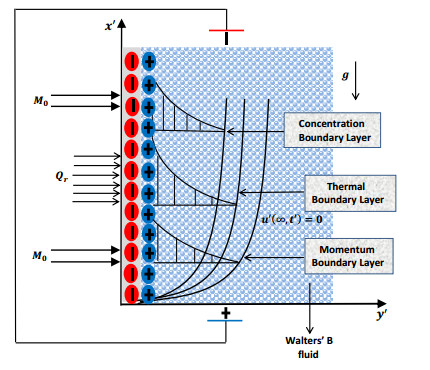
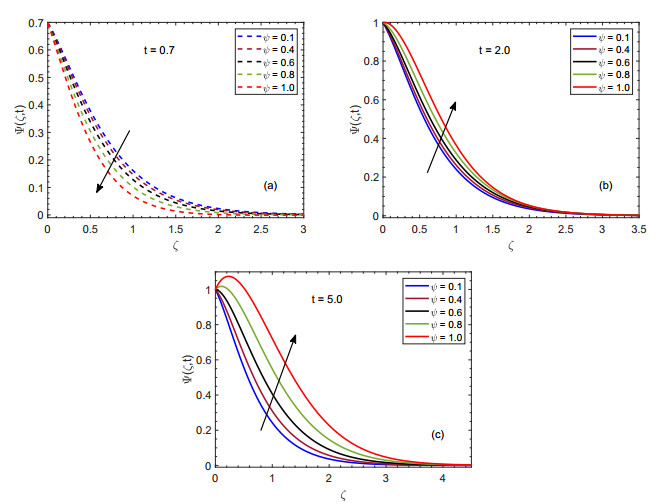
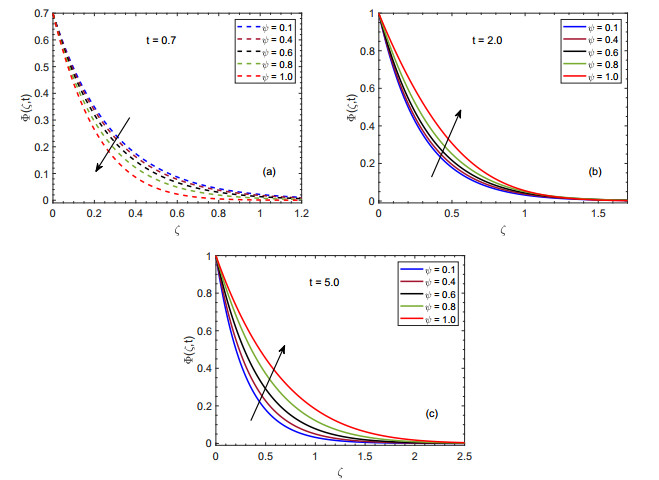
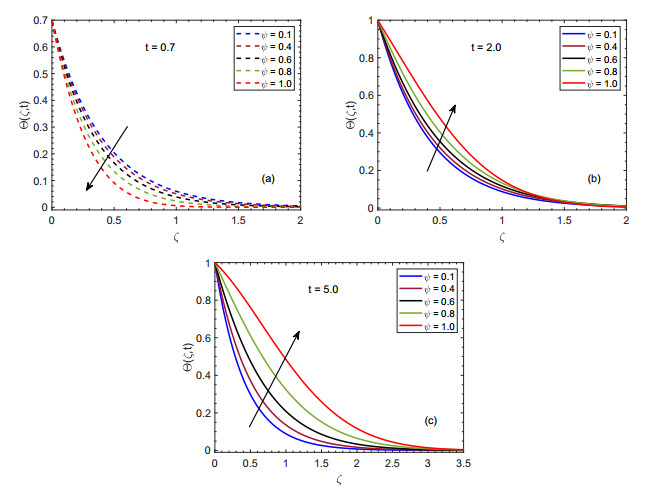
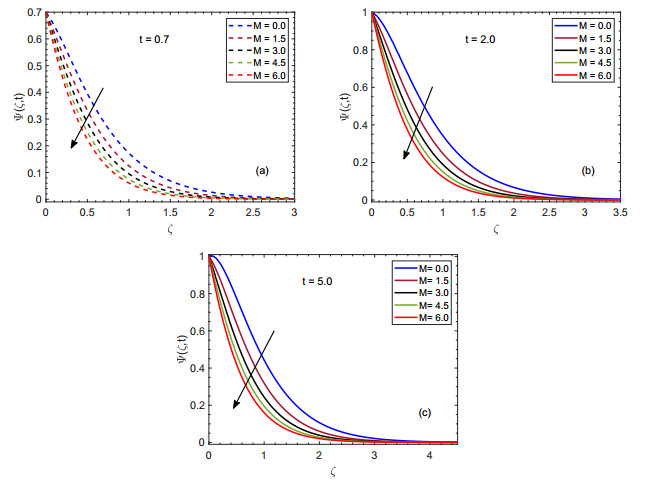
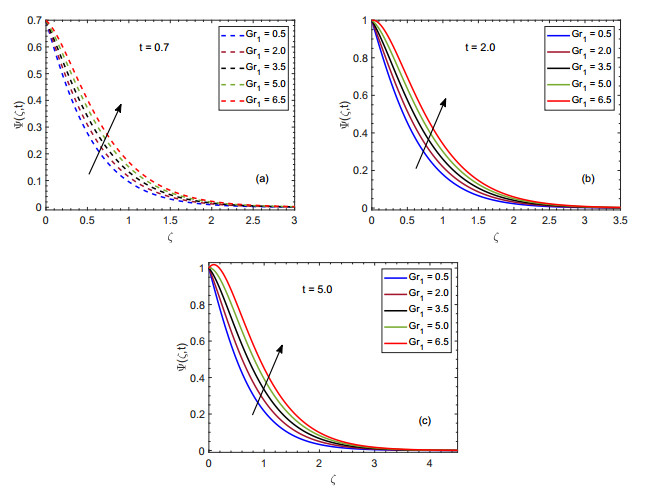
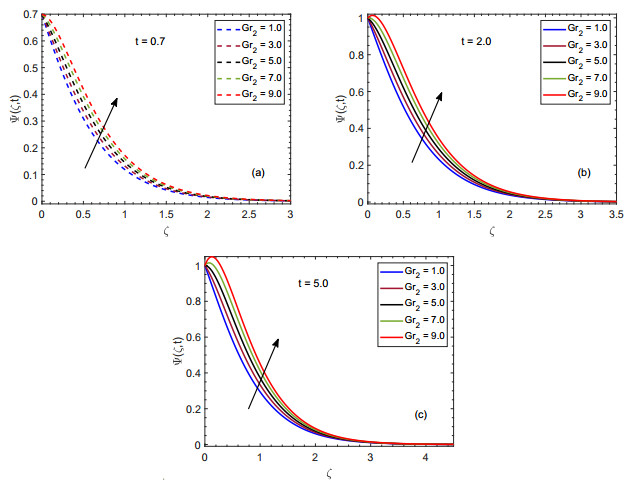
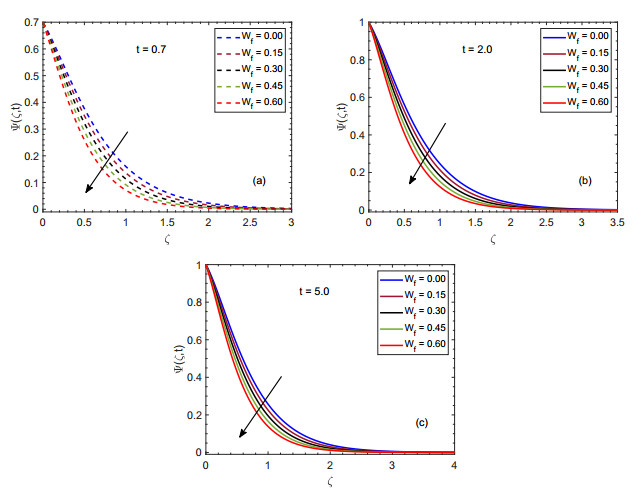
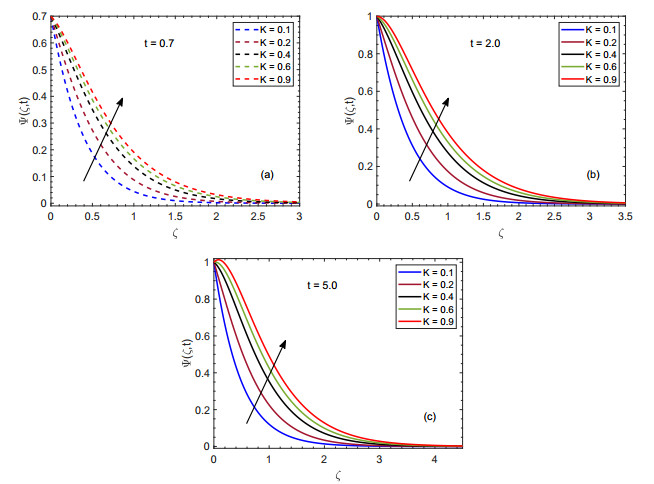
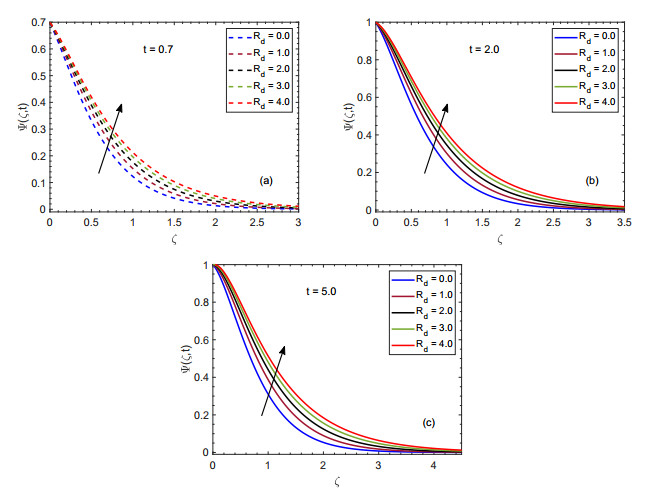
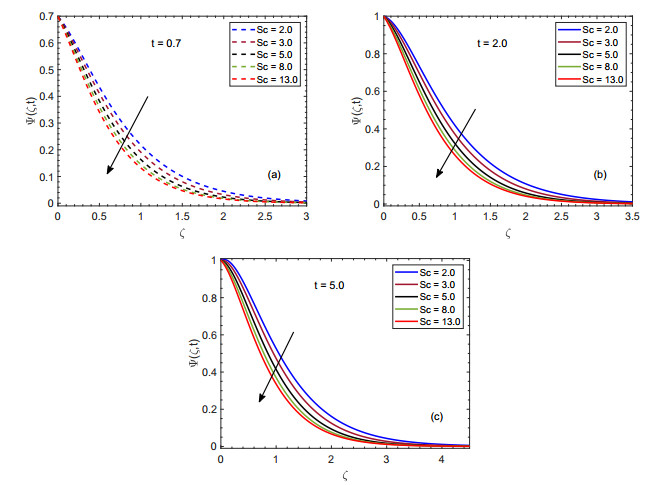
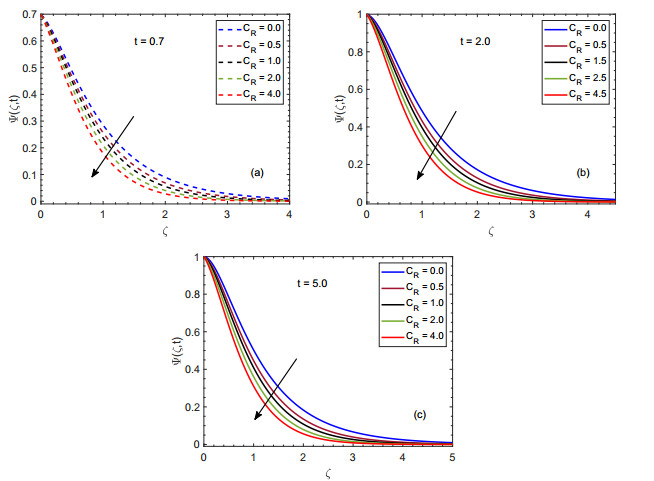
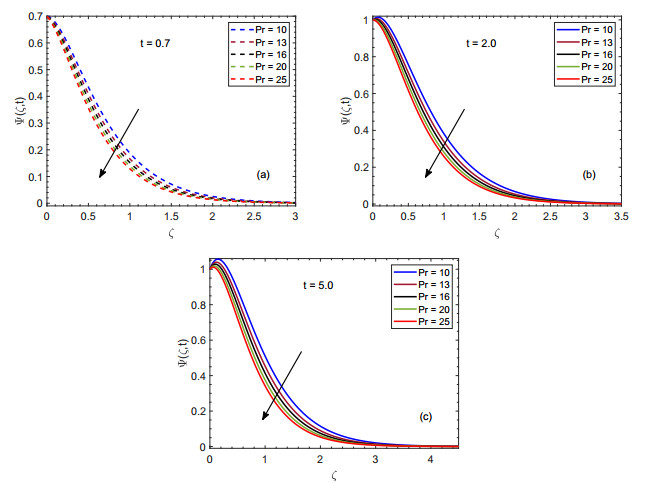




 DownLoad:
DownLoad: